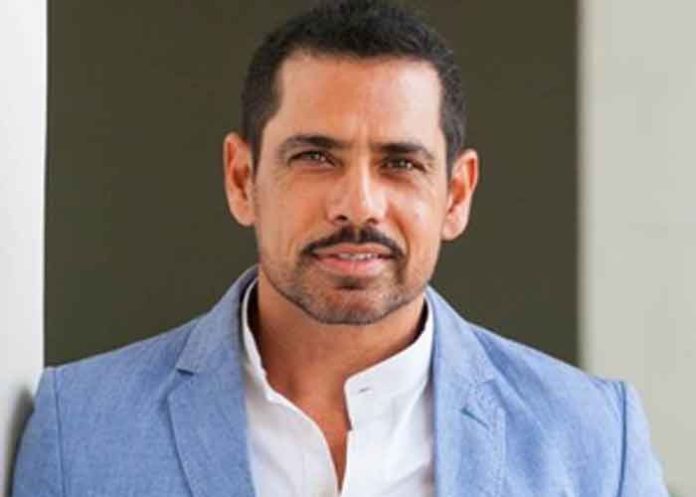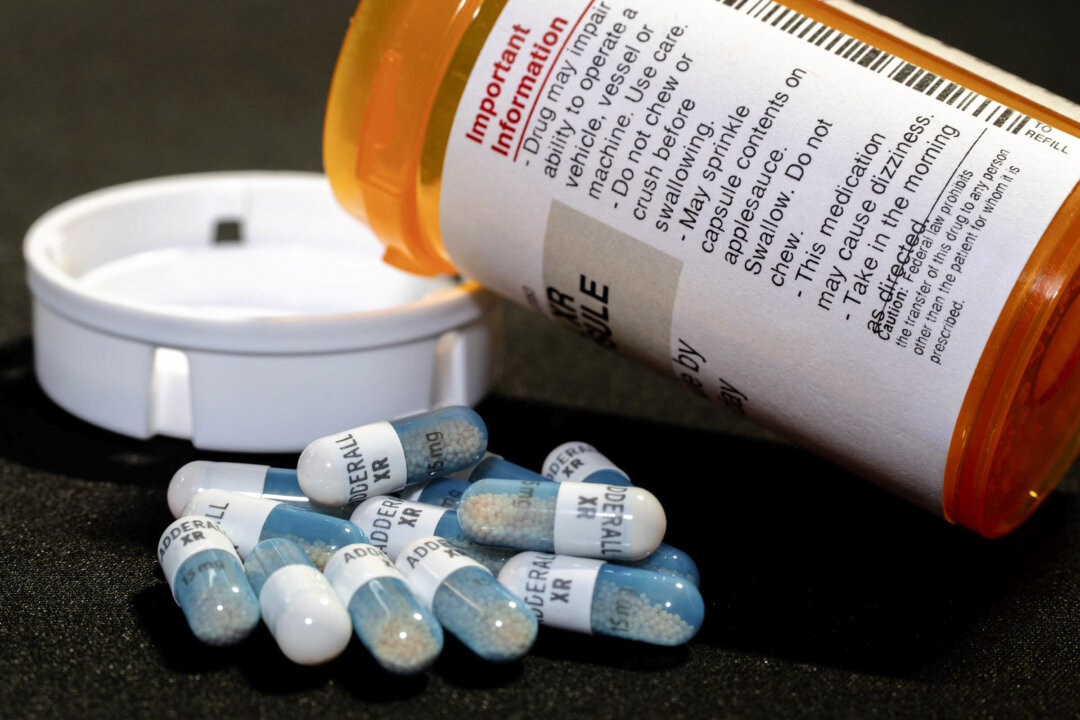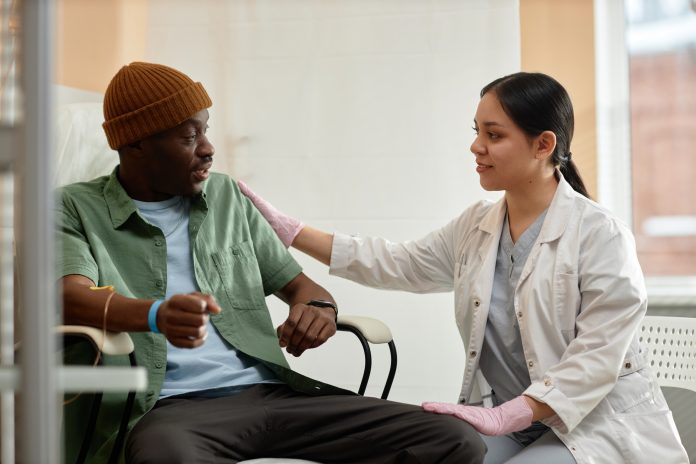For decades, the medical approach to treating obesity in children was the wait-and-see approach. But a new Canadian guideline, nearly five years in the making and the first Canadian update in nearly 20 years, recommends that, in addition to advice on diet, exercise and other lifestyle changes, doctors consider offering some of today’s wildly popular weight-loss drugs to children starting as young as 12, or bariatric surgery for teens 13 and up, without waiting to see whether less invasive interventions alone prove wanting. Success is most likely when children and their families receive “practical strategies to make and maintain positive behavioral changes, complemented by pharmacologic and surgical interventions, when available and indicated,” the guidance reads.
Historically, the approach with children and teens “was to start with something less invasive, simpler and sort of build up,” said Dr. Geoff Ball, professor of pediatrics at the University of Alberta and co-chair of the guideline panel. More aggressive treatment wasn’t offered until all else proved ineffective.

“So, try dietary interventions. If that doesn’t work, up the intervention, maybe reduce energy (calorie) intake more,” before adding drugs or considering bariatric surgery, Ball said. “But there’s no evidence to support that stepwise approach is effective.
” Instead, families and doctors should consider “all intervention options,” he and his co-authors wrote, including the class of drugs known as GLP-1 receptor agonists, the drugs behind today’s blockbuster, injectable weight-loss medications, Ozempic and Wegovy. There are different GLP-1 molecules. But emerging data suggest semaglutide, the active compound in Ozempic and Wegovy, can lead to the same substantial drops in body mass index and health problems like high cholesterol in adolescents as they do for adults.
That evidence comes from just one randomized, placebo-controlled trial published in 2022 and involving 201 children aged 12 to 17 who were treated for just over one year. When the data were presented at a conference Ball attended, “people gasped in the crowd, the improvements were so dramatic. It was like a surgical intervention.
” What’s not clear is which children would benefit, when to start the drugs and, once started, whether children would have to remain on them for their lifetime or risk the weight rebounding. Questions are also surfacing about possible unintended consequences on a child’s growth and development and whether the “convenience of a drug prescription” could lead to abuse and overuse. The concerns are legitimate, Ball said.
“What is it like for a child to be on a GLP-1 for five years? Ten years? Decades? “It’s not unlike any other disease that’s managed with medications: As soon as you take the medication away it’s logical that things will regress,” he said. “We don’t know yet the long term-effects. Maybe there are some positives.
Maybe there are some negatives,” he added. “Our job is to present (families) with what we know in an objective manner and help them make informed decisions.” Pediatric obesity is a “chronic, stigmatized, progressive disease” that threatens the health and well-being of a dramatic number of children, Ball and colleagues wrote in the new guideline, published this week in the Canadian Medical Association Journal.
About one quarter of four to 11 year olds, and one third of 12 to 17 year olds in Canada are overweight or obese, based on their body mass index, or BMI. Most (just over half) of children with obesity will grow into teenagers with obesity, and most (80 per cent) of them will become obese adults, the authors noted. Kids with obesity not only face substantial bias and stigma, wrote the expert panel.
They also face the same health consequences as adults. “They develop sleep apnea. They develop metabolic-associated liver disease.
They develop pre-diabetes. They develop abnormalities in their lipid (blood fat) profile,” said guideline panel member McMaster University pediatric endocrinologist Dr. Katherine Morrison.
Why rates are rising — and obesity is now trending down to toddlers — comes down to multiple factors, she said. “There’s the underlying biology of the individual,” including a genetic predisposition to weight gain. “But what’s changed is really the environment that those individuals are living in,” including an abundance of cheap, high-calorie food, excess screen time, poor socioeconomic conditions and rising mental distress in youth.
COVID lockdowns and school closures only exacerbated the problem. The last clinical practice guideline for kids, published in 2007, was linked together with an adult guideline. “This whole world has really moved forward” since, Morrison said.
The new guideline was developed by more than 50 scientists and experts from across Canada, and with input from families — parents with obesity themselves, and parents of children with obesity. “This was not just a bunch of academics sitting in a room, coming up with what they think is important,” Ball said. It urges health-care providers take a “nonjudgemental, non-stigmatizing” approach, avoid shaming or blaming language and puts a heavy emphasis on family-based behavioural and lifestyle interventions such as one-on-one nutrition counselling.
“When we think about obesity, it’s beyond weight and BMI — we’re looking at health impacts and outcomes and consequences,” said Dr. Sanjeev Sockalingam, professor of psychiatry at the University of Toronto and scientific director of Obesity Canada, which led the development of the new guideline. “We’re looking at excess fat tissue that negatively impacts health and our organs in our body.
That’s different than someone living in a larger body for whom it doesn’t have those health impacts.” Children with obesity endure bullying and stigma that they’re lazy or unmotivated, Sockalingam added, messages that become internalized, adding to their depression and anxiety and, in rare cases, suicidal thoughts or self-harm. Injected under the skin, usually into bellies or thighs, GLP-1 drugs mimic a natural hormone that delays gastric emptying, so people feel fuller longer.
They also work on the brain to control appetite and satiety. Wegovy, which uses a higher dose of semaglutide than Ozempic, has been approved by Health Canada for adolescents aged 12 and up who have obesity, as diagnosed by a doctor, and who haven’t succeeded in weight loss with diet and exercise alone. Ozempic has not been approved for use in children.
No weight loss drugs have been approved for the under 12s. The study published in 2022 in the New England Journal of Medicine found 62 per cent of the 12- to 17-year-olds who received a once-weekly injection of semaglutide, along with a lifestyle intervention, saw a weight loss of at least 10 per cent after 68 weeks, compared to eight per cent in the placebo plus lifestyle intervention group. About half (53 per cent) of the semaglutide group saw a weight loss of at least 15 per cent, compared to five percent on placebo.
The semaglutide group experienced more frequent side effects, primarily nausea, vomiting and diarrhea. No fatal adverse events were reported. The safety in adolescents “appears to be consistent with findings among adults with overweight and obesity,” the researchers wrote.
The study was paid for by Novo Nordisk, makers of Wegovy and Ozempic. More recently, a smaller study involving six to 12 year olds showed liraglutide — another Novo Nordisk drug — plus lifestyle interventions, led to a greater drop in BMI than placebo plus lifestyle changes after 56 weeks. Morrison said the Canadian panel isn’t recommending the drugs for all children with obesity.
The guideline “is really trying to objectively present the data and encourage clinicians to have those conversations with families,” Morrison said. “There may be families that are interested, and there may be those who say, ‘No, I don’t think we’re going to do that right now.'” The drugs are expensive — Wegovy costs about $4,700 per patient per year — and covered by some insurance plans and not others.
Morrison also worries about kids losing more lean muscle mass than fat mass, if they aren’t carefully monitored and don’t get sufficient exercise. She’s also concerned about kids missing crucial nutrients and proteins needed for growth if they suddenly aren’t as hungry as they were before. “It shouldn’t be that you just go to your family doctor, and they say, ‘Here: Take this medication.
’ And that’s it,” she said. “The studies have not been done that way.” But it’s hard for families to get access to specialized care, with only a handful of pediatric weight management clinics in Canada.
Morrison’s own waitlist stretches two years. While the panel said bariatric surgeries that shrink the stomach could be considered for eligible children 13 and older, there are only two surgical centres for youth in Canada, one each in Toronto and Montreal. National Post Ozempic explained: How weight loss drug works — and what happens if you stop taking it'It's not going away': How weight-loss drugs like Ozempic are changing the food industry Our website is the place for the latest breaking news, exclusive scoops, longreads and provocative commentary.
Please bookmark nationalpost.com and sign up for our daily newsletter, Posted, here..
Health

Doctors should consider Ozempic-like drugs for children with obesity over 12: new guideline

A new Canadian guideline urges lifestyle interventions for obese children but also says today's new drugs might help kids ages 12 and up















